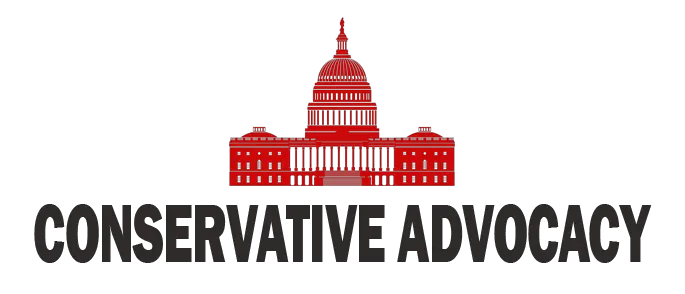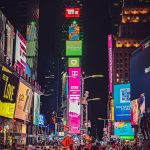The Trump administration has wisely put the brakes on New York City’s congestion-pricing scheme, a program that aimed to shake down drivers entering the already chaotic streets of Manhattan. Transportation Secretary Sean Duffy highlighted that this price-gouging toll system was unprecedented and left hardworking Americans without any free options. It seems taking money from those who already bear the burden of taxes devoted to highway construction was simply a bridge too far.
Duffy didn’t mince words when tearing apart the premise of charging drivers based on funding public transit rather than incentivizing less vehicle traffic. According to him, the government’s approach here flips the script on what drivers should be allowed to do—using the roads they’ve effectively paid for through taxes and gas. It’s like charging admission to a highway that taxpayers already bought and paid for, just so a bureaucratic entity can fund a transit system most people wouldn’t touch with a ten-foot pole.
Trump’s Transportation Department moves to kill congestion pricing in Manhattanhttps://t.co/YhT1X7i92t pic.twitter.com/55t6XIPWEC
— The Washington Times (@WashTimes) February 20, 2025
The Metropolitan Transportation Authority, the entity overseeing public transit in the city, made quite the spectacle by declaring their intent to challenge this federal decision in court. They claimed the program was crucial for raising $1 billion annually. One has to wonder, if they were so intent on “congestion relief,” why they weren’t focusing on fixing the transit system itself instead of urging an extra toll on drivers who are merely trying to navigate the city? When public transportation operates at a snail’s pace, it becomes less about relieving congestion and more about monetary extraction from drivers.
Democrat Gov. Kathy Hochul, having struggled to get this program off the ground, must be feeling the pinch of political setbacks. Even some New Yorkers believed that the toll would contribute positively to reducing pollution and improving walkability in midtown. However, those sentiments seem pretty superficial when small businesses are hurting from fewer customers and the wealthier coastal elites pushing the program are aiming for their slice of the toll pie.
Even New Jersey’s Governor Phil Murphy joined forces with Trump on this one, which may be an unusual sight for some. The alliance against congestion pricing is telling, revealing how detrimental this plan would have been to regional economies and everyday commuters. The hitch, of course, is that while the MTA may fight back, the reality remains: higher tolls lead to fewer drivers and fewer businesses thriving, which surely anyone without their head in the clouds can understand.
Duffy’s announcement to rescind the federal approval for the $9 toll and emphasize that accessing vibrant New York City shouldn’t be limited to the affluent could not resonate more with conservatives. After all, roadways should be for everyone, not an elite few trying to fund their pet projects on the backs of the hardworking individuals who keep this nation moving. The future of congestion pricing is uncertain, but at least for now, the throttle of this overreaching plan has been firmly applied.




